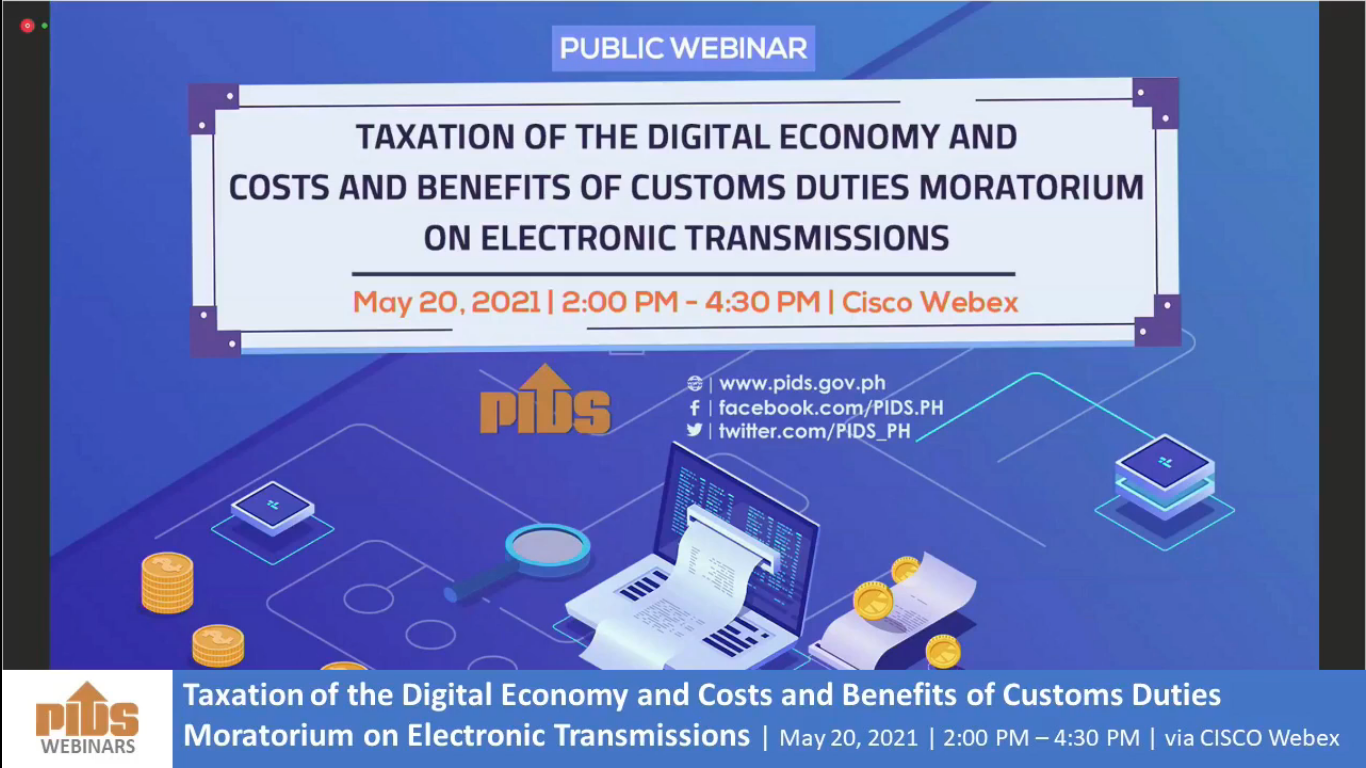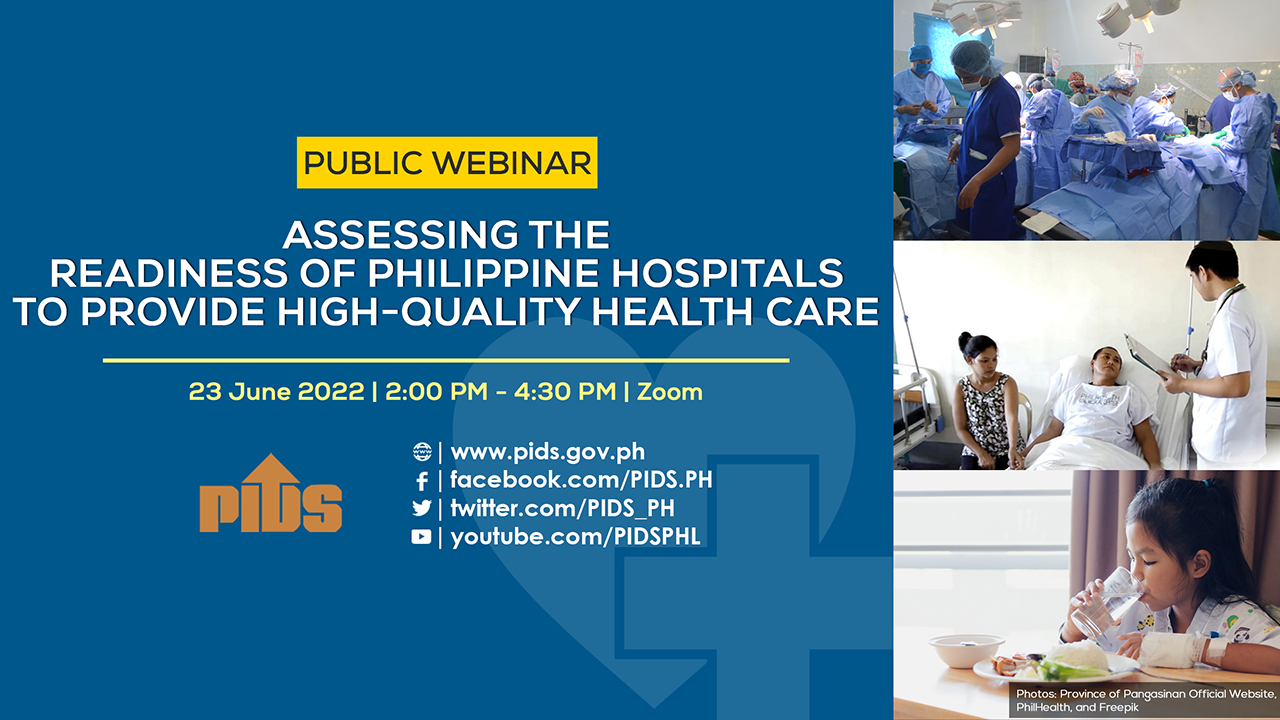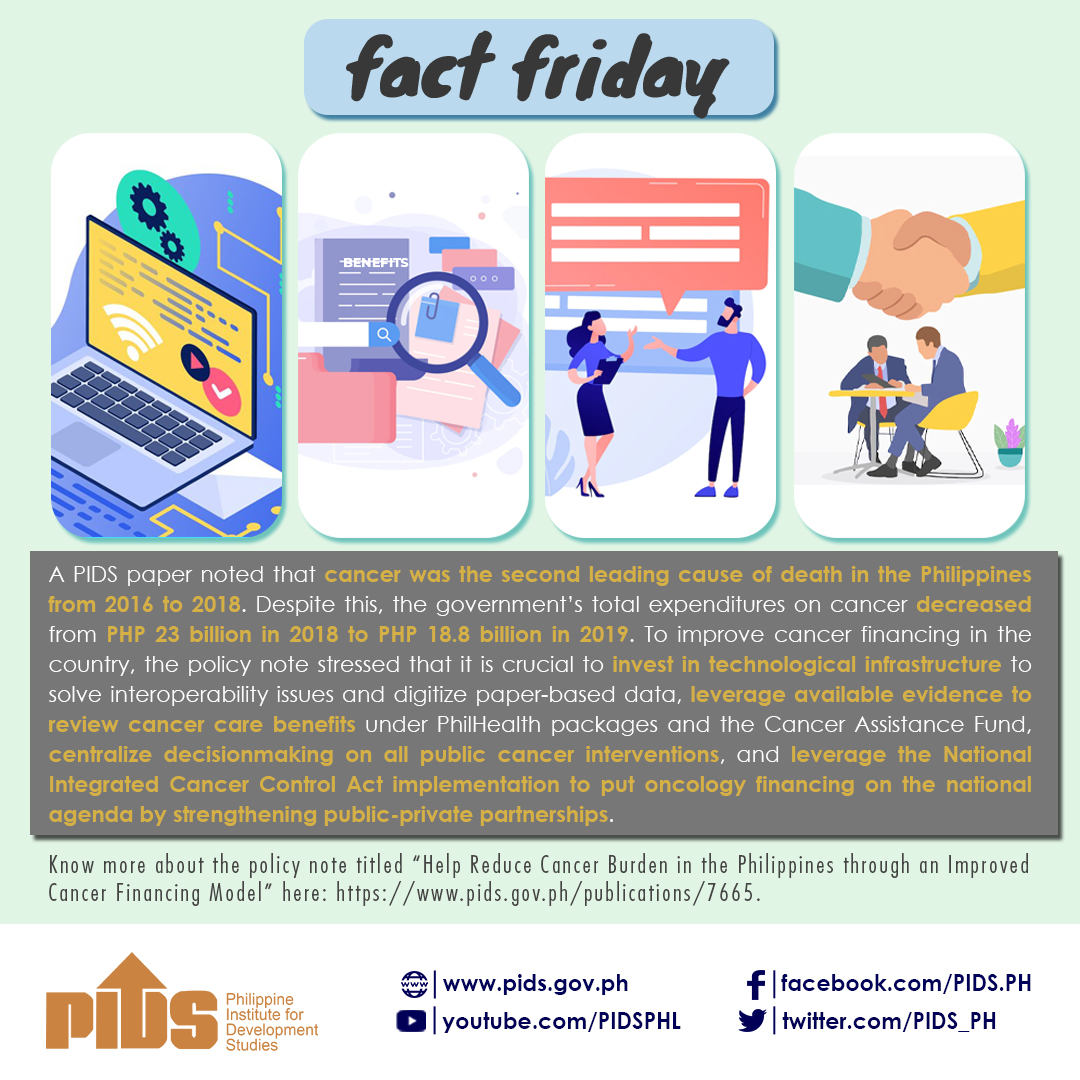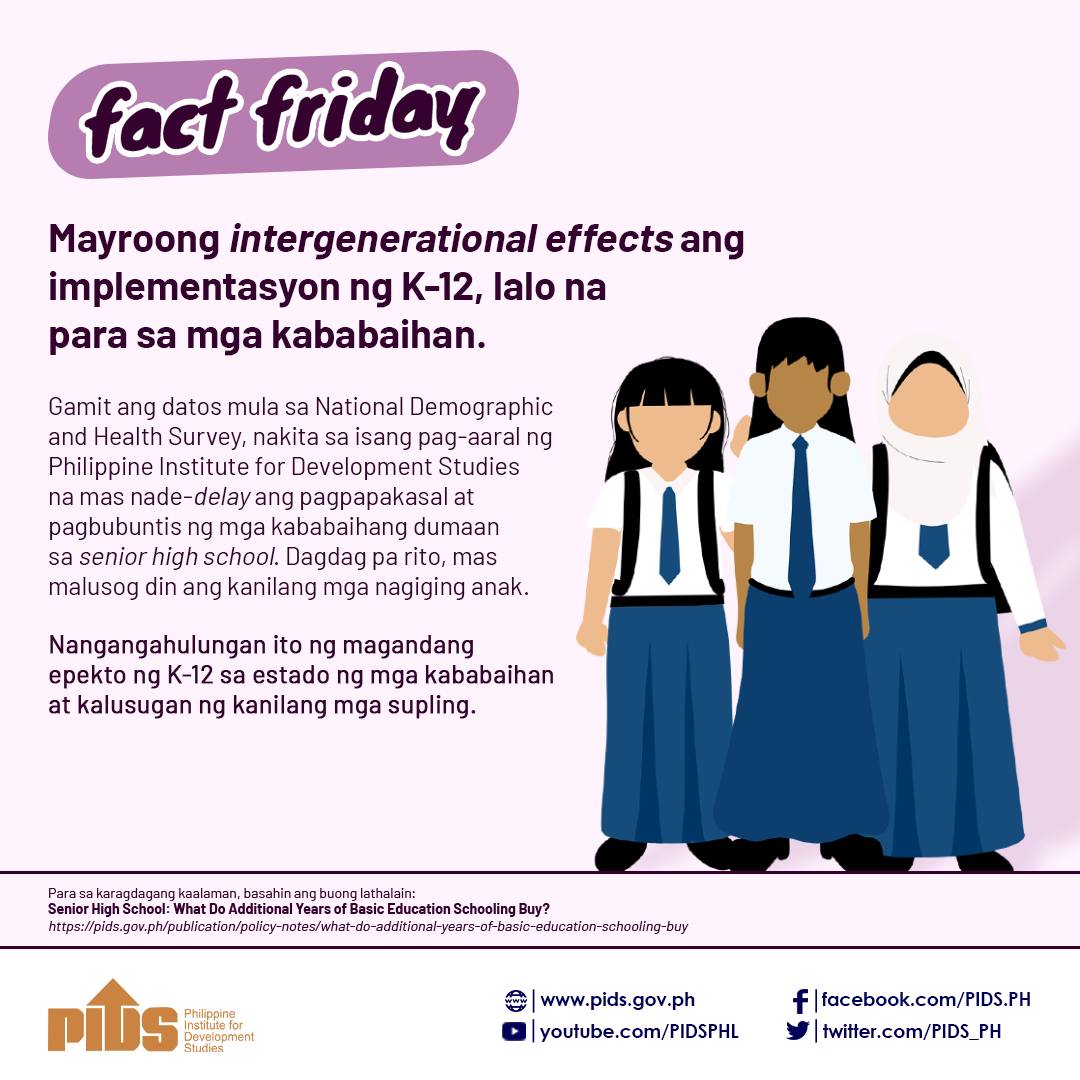MANILA, Philippines—Despite medical advances, the staggering cost of cancer care has been pushing Filipino cancer patients away from better treatment and the opportunity to live the best possible lives they can.
Global advances and innovations in the medical field have already made cancer treatable and preventable. In the Philippines, where cancer ranks among the leading causes of death, new treatment methods and medicines have been made available in the past years to help patients recover and win their battle against the “Big C.”
“We can beat cancer now. We can save lives. And we are trying our best to make treatment accessible nationwide, especially to those who cannot afford the treatment,” Dr. Marvin Mendoza, head of the oncology section at the National Kidney and Transplant Institute (NKTI), previously said.
However, despite its availability in the country, access to these new cancer treatments remains a huge issue—especially among underprivileged patients and those in areas far from major hospitals.
Titanic sub destroyed in ‘catastrophic implosion,’ all five aboard dead
Lawmaker calls out car dealers who impose ‘installment mode’
‘Appointed Son of God’ cast out of YouTube
Aside from limited access to innovative treatment, many Filipino cancer patients face another huge roadblock: the huge cost of cancer as an illness—most of which, a study showed, is still being shouldered by patients.
Patients shoulder high treatment costs
Cancer treatment involves radiation therapy, immunotherapy, targeted therapy, and chemotherapy. The last, according to the US-based Mayo Clinic, is the most often used treatment method.
In the Philippines, the cost of cancer treatment can range from ₱120,000 to as much as over ₱1 million. The estimated price of chemotherapy cost per session, depending on the cancer type, meanwhile starts at ₱20,000 up to over ₱120,000.
“It’s really very expensive. It’s costly to have cancer in this country… I think that’s why many patients are very much afraid of being diagnosed with cancer,” said Alya Honasan, a journalist and breast cancer survivor, during a seminar hosted by the Philippine Press Institute (PPI) in partnership with Novartis.
An analysis by Valerie Ulep, a senior research fellow at the Philippine Institute for Development Studies (PIDS), showed that many Filipino cancer patients still rely on their hard-earned money to pay for their needed medical services.
Citing data from the Cost of Illness of Cancer Survey, Ulep noted that out-of-pocket mainly covers direct costs for inpatient and outpatient visits spending of patients in both public and private hospitals.
For outpatient visits spending among patients in public hospitals, it is estimated that 29 percent of the direct costs—including treatment costs, hospital charges, laboratory costs, and drug costs—are shouldered by patients.
On the other hand, patients seeking treatment in private hospitals shoulder 64 percent of the outpatient expenses.
Meanwhile, data showed that PhilHealth financial protection covers a significant portion of inpatient spending for patients in public hospitals (64.23 percent) and private hospitals (49.43 percent).
An example of this could be Honasan’s experience throughout her cancer treatment journey, in which she shared that most of the cost for her radiation treatment was shouldered by PhilHealth.
“To be fair, PhilHealth covered almost the entirety [of the cost for] my radiation [treatment]. Let us not disregard how much PhilHealth can help. I paid only 10 percent of the whole thing, so they practically took care of it,” Honasan said.
However, Ulep stressed that out-of-pocket still covers a massive chunk of inpatient spending for cancer patients getting treatment in public hospitals (29.52 percent) and private hospitals (43.56 percent).
Negative consequences
A 2018 study published in Acta Medica Philippina—a peer-reviewed general medical and health science journal published by the University of the Philippines (UP)—highlighted the economic impact of cancer diagnosis in families.
The study, which analyzed 909 cancer patients in the Philippines, found that 40.6 percent of cancer patients’ families experienced financial toxicity—or financial problems—due to the high cost of medical care.
The researchers also found that respondents’ mean combined out-of-pocket expenses at 3 and 12 months after diagnosis amounted to ₱181,789.00.
In his study entitled “The Economic Burden of Cancer in the Philippines,” Ulep stressed that “Filipino patients – mostly their family’s breadwinners, are driven to poverty due to cancer, losing Php35.3 billion annually.”
Burdened by the high cost of cancer treatment, it was previously observed that at least 7 in 10 cancer patients in the country “drop out of treatment regimen” due to lack of funds.
However, aside from financial toxicity and treatment abandonment, the high—and possibly rising costs—of cancer treatment in the country could lead to a far worse outcome: higher premature deaths.
According to Ulep, the high level of indirect costs “reflects a high level of premature deaths.”
Indirect costs of cancer include monetary and productivity loss of patients caused by a short-term and long-term inability to work—whether due to admission or outpatient visits—and caregiving.
In fact, Ulep’s study bared that in the Asean region, the Philippines has one of the highest premature deaths due to cancer, with the patients in the age group of 19-39 years old and 40-69 years old—supposedly in their most productive years, suffering from substantial years of life lost.
“We are losing not just to fellow Asian countries like Singapore but to Thailand and even poorer counterparts like Myanmar. What’s worse is that we are losing the most productive age groups of Filipinos to cancer—this means that Filipinos at the prime of their life – whom we have identified in the study as mostly their family’s breadwinners, are dying unnecessarily when their deaths could have been preventable,” Ulep said.
Data from The Global Cancer Observatory showed that as of 2020, cancer had claimed the lives of over 92,000 Filipinos nationwide.
Sadly, these premature deaths, Ulep said, could have been prevented if only there had been a nationwide effort for early screening for cancer—especially the top four killer cancers: breast, lung, colon, and liver.
“If you save these cancer patients who are breadwinners and at the prime of their lives, you are saving the most productive pool of Filipinos in our society,” Ulep added.
Cost of post-cancer treatment care
Another predicament for cancer patients and their families is the cost of post-cancer treatment care.
According to the US National Cancer Institute (NCI), all cancer survivors must have follow-up care after treatment completion. This means patients are still advised to see their doctor for regular medical check-ups.
Cancer survivors are usually asked to return for check-ups every 3 to 4 months during the first 2 to 3 years after treatment and once or twice a year after that.
Aside from a review of the patient’s medical history, US NCI explained that post-cancer treatment care also involves physical exams and tests such as blood tests, MRI or CT scans, or endoscopy.
“Follow-up care can also include home care, occupational or vocational therapy, pain management, physical therapy, and support groups,” US NCI added.
While it is crucial for cancer survivors to follow their post-treatment plan, this can be seen as an added burden for many underprivileged patients.
“The expenses do not stop [after] the actual treatment. For the next few years, you will be on medicine… The medicine is kind of expensive,” said Honasan.
These additional costs might deprive financially challenged cancer survivors of getting the benefits of post-treatment care, such as check-ups needed to look for side effects from treatment and to check whether cancer has returned or spread to another part of the body.












